Popular games for platform Family Computer
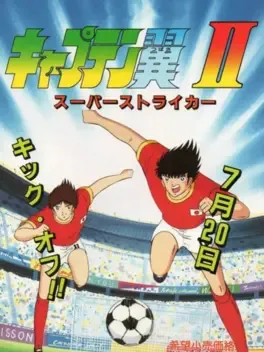
Captain Tsubasa Volume II: Super Striker is a continuation of the "Cinematic Soccer" series of soccer games. It's the direct sequel to Captain Tsubasa and is fairly similar to its predecessor but with some slight graphical improvements. The game features an original new story and original characters, starting after the three-year time skip.
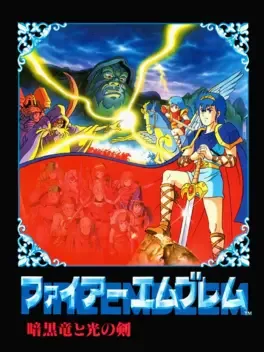
Fire Emblem: The Dark Dragon and Sword of Light is the first game in the Fire Emblem series, developed by Intelligent Systems and published by Nintendo. It was first released on the Famicom (known internationally as the Nintendo Entertainment System) on April 20, 1990. It takes place on the continent of Archanea. It stars Marth, a character who later appeared in Super Smash Bros. Melee. The first time the game was released outside of Japan was in the form of a limited edition port for Nintendo Switch, under the same name, that runs a localization script in the background, but the original version of the game was never released outside of Japan.
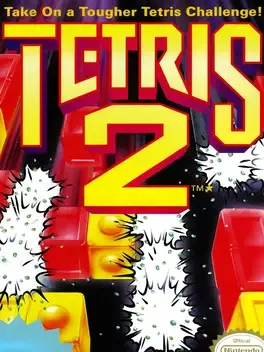
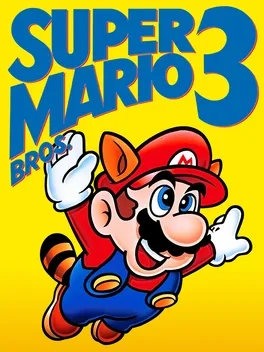
Super Mario Bros. 3, the third entry in the Super Mario Bros. series and Super Mario franchise, sees Mario or Luigi navigate a nonlinear world map containing platforming levels and optional minigames and challenges. The game features more diverse movement options and new items alongside more complex level designs and boss battles.

Clash at Demonhead is an open-ended platformer. The player takes control of Billy "Big Bang" Blitz, who is capable of running, jumping, and shooting. He is initially armed with a handgun, though various upgrades can be purchased from a shop. He later gains the ability to perform various powers by collecting Force, including shrinking, teleportation to previously-visited areas, flight, healing, and invincibility. The player chooses levels from a world map that consists of over forty routes. Various objectives must be met to complete the game.
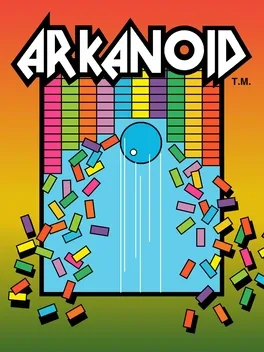
NES port of Arkanoid. The original Breakout concept involves controlling a bat at the bottom of the screen and using it to catch and direct a ball so as to hit all the bricks which are arranged at the top of the screen. It was unpopular for over a decade, before Taito revived it with some new ideas in this arcade game. The game's plot redefines the bat as a Vaus spaceship, the ball as an energy bolt, and the bricks form a mysterious wall stopping the ship from progressing to safety. By the mid-80s, power-ups were popular in most types of arcade games, and Arkanoid features them. They are caught by positioning the bat below them as they fall (meaning that you risk missing the ball if you go for them at the wrong time). The power-ups include lasers (which are mounted to each side of the ship and allow you to shoot out the blocks), a catching device (so as to be able to fire the ball off at a different angle every time you hit it) and one that slows the bolt down.
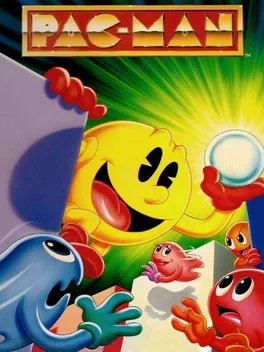
The NES port of the arcade classic.
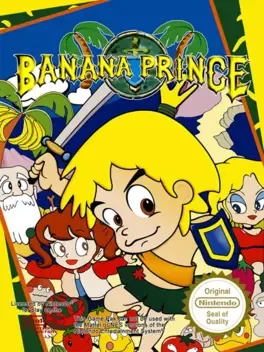
Banana Prince was developed by KID and released in Japan by Takara on December 20, 1991. It was also released in Germany in February 1992, with slightly different graphics and gameshow questions based on the region. It is a single player platform game designed for the Nintendo Entertainment System.
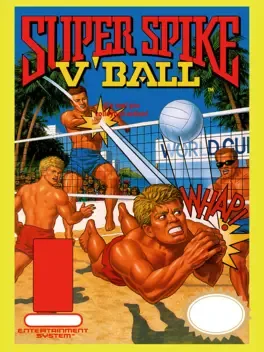
Warm up with a few exercise games then face contenders in the American Circuit. For the ultimate challenge play against the best in the World Cup. Jump and block opponent's spikes, dive to dig a cross court spike, or set one up for a smash that only the best player can return. Kabooom! Your Super Spike blasts your opponent off his feet! "X" marks the spot so you can track the ball. Pick players with speed, strong defense, or killer offense. Your quick reflexes and competitive spirit complete the team. Play against the computer, by yourself or challenge a friend. With the NES Satellite or the NES Four Score any combination of one to four can play - even two vs. two! Now you can play on sand courts from Daytona to Los Angeles. Face off international teams in Hawaii or challenge the hot Navy team aboard an aircraft carrier. Watch the sand fly! Hear the applause. Soak up the rays! It's Super Spike V'Ball for World Class fun!
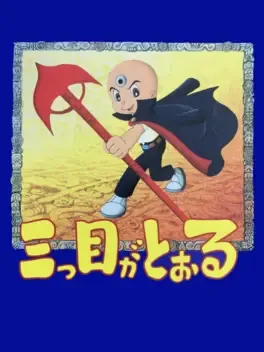
Mitsume ga Tōru is a 2D action platformer released in 1992. It was never released outside Japan. It contains 5 levels with a boss fight at the end of each level. The main character´s weapons are the third eye that shoots bullets, boomerangs or lasers and a spear (the Red Condor) that he can materialize from the air. The game is based on the manga and anime of the same name.
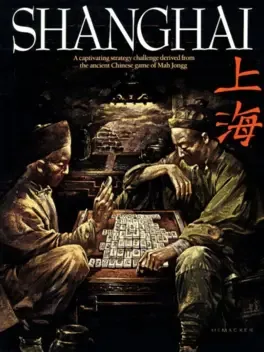
Shanghai is a computerized version of mahjong solitaire. After winning a game, the tiles reveal the three-dimensional blinking eye of a dragon behind the game screen. The Macintosh and Sega Master System version shows an animated dragon spitting fire.
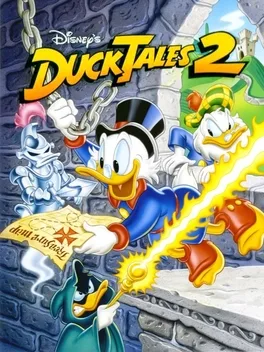
Scrooge McDuck is hot on the trail of the richest adventure ever. Pieces to the map of the Lost Treasure of McDuck have been scattered across the globe, and Scrooge must find them before the greedy Flintheart Glomgold grabs them. It's going to be a race to the finish as both of them try to find the treasure and become the richest duck in the world! Join Scrooge and his nephews as they explore the ancient pyramids of Egypt and do battle with swash-buckling pirates in the Bermuda Triangle. Help them search the haunted halls of an ancient Scottish castle and scale the watery heights of Niagara Falls. Aid Scrooge in his quest for the secret of the island of Mu and you'll gain the final clue to unravel the hidden location of the Lost Treasure of McDuck!
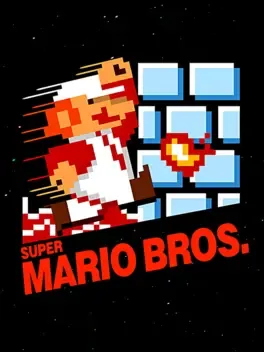
A side scrolling 2D platformer and first entry in the Super Mario franchise, Super Mario Bros. follows Italian plumber Mario as he treks across many levels of platforming challenges featuring hostile enemies to rescue Princess Peach from the evil king Bowser.
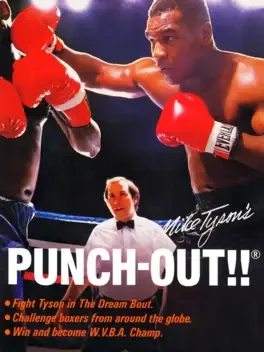
Punch-Out!!, originally released in North America as Mike Tyson's Punch-Out!!, is a boxing sports fighting video game for the Nintendo Entertainment System (NES) developed and published by Nintendo in 1987. Part of the Punch-Out!! series, it is a port of both the Punch-Out!! and Super Punch-Out!! arcade games (particularly the latter) with some variations. Punch-Out!! features a boxer known as Little Mac working his way up the professional boxing circuits, facing a series of colorful, fictional boxers, leading to a final fight with real-life boxer, the then-World Heavyweight Champion, which is Mike Tyson in the original version and Mr. Dream in the later version. Little Mac has a limited repertoire compared to most of his opponents. His punches are limited to left and right jabs, left and right body blows, and a powerful uppercut. The uppercut can only be used once the player earns a star, which is typically accomplished by counter-punching the opponent directly before or after certain attacks are launched. The player can acquire up to three stars. To perform the uppercut, the player needs to press the start button once a star is earned. To defend, Mac can dodge left or right, duck, and block punches by putting up his guard. Little Mac also has a heart meter, which decreases by three upon being struck by an opponent and one upon blocking an attack or an opponent blocking/dodging the player's attack. When the heart meter decreases to zero, Little Mac temporarily turns pink and appears exhausted, leaving the player unable to attack but still able to dodge or block. At this point, Mac can regain some hearts (and his normal color palette) only by avoiding the opponent's punches. He immediately loses all of his hearts upon being knocked down, but can regain some by getting up. A bout can end by knockout (KO), if a fighter is unable to get up within ten seconds after being knocked down; by technical knockout (TKO), if a fighter is knocked down three times in one round; or by decision, if the bout lasts three full rounds without a clear winner. In order to win by decision, the player must accumulate higher than a certain point total by punching the opponent and/or knocking him down (different boxers require different point totals to win by decision). However, some bouts cannot be won in this manner and will automatically result in a loss for the player if the opponent is not knocked out. Mac can only get up three times during any one bout; if he is knocked down a fourth time, he will be unable to rise and thus lose by knockout. When Mac loses his first bout to a ranked opponent, he will have a chance to fight a rematch. However, if he loses a Title Bout, he will fall in the rankings - one place for the Minor or Major Circuits, two places for the World Circuit. Losing a rematch causes him to fall one place (unless he is already at the bottom of his circuit), forcing him to fight his way back up. A third loss (not necessarily a consecutive one) ends the game. The exception is the final fight against Mike Tyson/Mr. Dream; a loss to them automatically results in a game over.
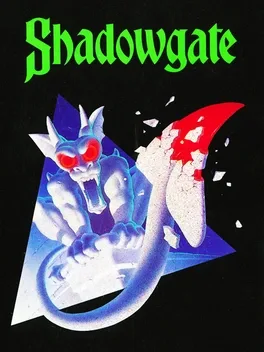
Thrust into the role of "The Seed of Prophecy," players travel deep into the living castle, in hopes of defeating the evil that dwells within – the dreaded Warlock Lord.
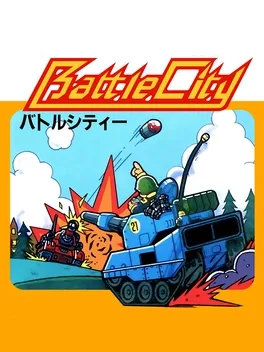
Battle City, also known as Tank 1990 or Tank in some pirate multicart releases, is a multi-directional shooter video game for the Family Computer produced and published in 1985 by Namco. The game was later released for the Game Boy and was included in the Japanese version of Star Fox: Assault. It is a port of the arcade game Tank Battalion with additional features (including two player simultaneous play and a level edit feature). There was also a rendition for Nintendo's Vs. System arcade cabinets. The player, controlling a tank, must destroy enemy tanks in each level, which enter the playfield from the top of the screen. The enemy tanks attempt to destroy the player's base (represented on the map as a bird, eagle or Phoenix), as well as the human tank itself. A level is completed when the player destroys all 20 enemy tanks, but the game ends if the player's base is destroyed or the player loses all available lives.
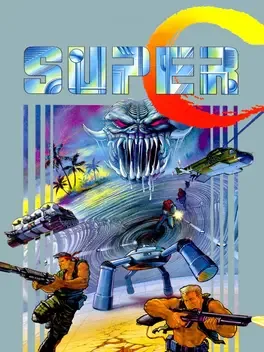
The alien Red Falcon is back, and planning on taking over the planet Earth.
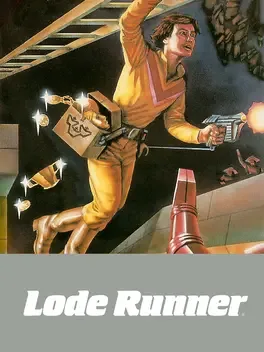
This updated take on the original Lode Runner is essentially an entirely new game, but it keeps the core of Douglas Smith's original ideas intact.
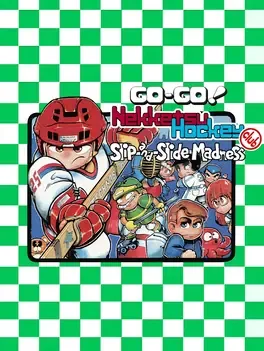
Hey there, this is the Nekketsu High School Paper. Our own Kunio has become famous as a leader. With him we won both the dodge ball and soccer championships. They competed and won at the world stage, it is truly amazing. But did you know, Nekketsu High also has an ice hockey club? Sadly, our team is very weak... We probably won't even make the playoffs in the next national championship. Perhaps Kunio can lead our ice hockey team to victory as well. With him, would it become a successful team, or still be in the minor leagues? Passionate ice hockey spirit! Good luck everyone! The game was originally released as Ike Ike! Nekketsu Hockey Bu: Subette Koronde Dairantou, but has since been localized as Go-Go! Nekketsu Hockey Club Slip-and-Slide Madness.
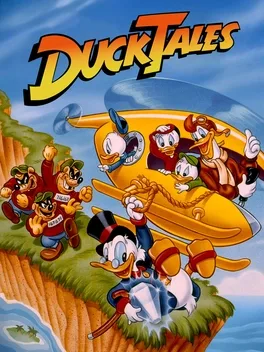
DuckTales is a platform game developed and published by Capcom and based on the Disney animated TV series of the same name. It was first released in North America for the Nintendo Entertainment System in 1989 and was later ported to the Game Boy in 1990. The story involves Scrooge McDuck traveling around the globe collecting treasure and outwitting his rival Flintheart Glomgold to become the world's richest duck. Produced by key personnel from the Mega Man series, DuckTales would go on to sell over a million copies worldwide on each system, becoming Capcom's best-selling title for both platforms. The game was praised for its tight control, unique and non-linear gameplay and bright presentation, and is often regarded as one of the best titles for the NES, appearing on numerous "Best of" lists.
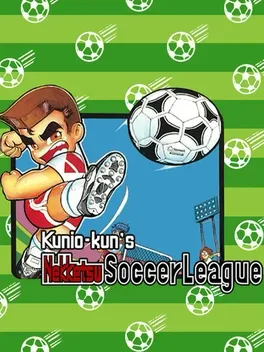
Hi, I am Misako of Nekketsu High. I am the manager of our local soccer team. Finally, we can prove that Nekketsu FC is the greatest team in the world. If we work hard and qualify, the Technos Japan Cup will determine who is the greatest in the world. After Nekketsu FC was formed, I was supposed to lead the team to victory, but I haven't been able to keep my promise. But Kunio is here, and he will guide us to victory. I won't meddle in, but I will offer my advice if you want it. Nekketsu FC, let's go! The game was originally released as Kunio-Kun no Nekketsu Soccer League, but has since been localized as Kunio-kun's Nekketsu Soccer League.
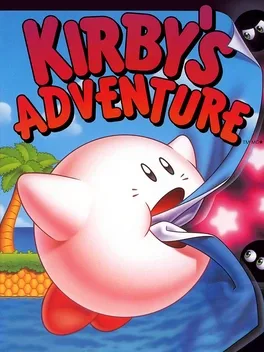
Not everything is well in Dream Land. For some mysterious reason, the Dream Spring, a magical well that is the reservoir for all the dreams of the citizens of Dream Land, is no longer working. Everyone is being subjected to their worst nightmares every time they go to sleep. Upon reaching the Dream Spring, Kirby finds out that evil King Dedede has stolen the Star Rod, thus depriving Dream Land of the magical energy that feeds its spring. Using 20 unique tricks and your ability to steal your enemies' powers by swallowing them, you'll have to make your way through a horrific land filled with all kinds of nightmares. Recover the broken pieces of the Star Rod, and everyone in Dream Land will sleep peacefully once again. If you fail, the citizens of Dream Land will be subjected to a lifetime of terrible nightmares.
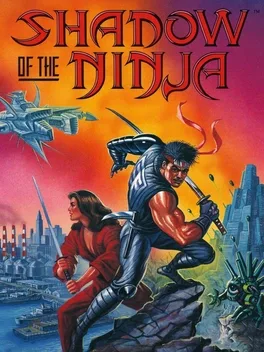
Shadow of the Ninja, originally released in Japan as Yami no Shigotonin Kage, and later released in Europe as Blue Shadow, is a 1990 futuristic ninja-themed side-scrolling action game by Natsume for the Nintendo Entertainment System.
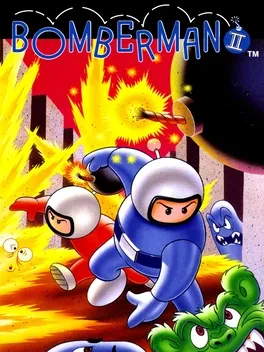
Bomberman II follows the popular Famicom/NES game Bomberman, incorporating a number of new features to the series. The game maintained the classic Bomberman game-type, requiring the player to navigate a maze of blocks using bombs to make a path. It added a two-player and three-player mode, and had a more developed storyline. The game was developed by Hudson Soft and released on the Family Computer and the NES. It was marketed as Dynablaster in Europe.